Introduction
Bamboo shoots, known for their crisp texture and delicate flavor, are a culinary delight enjoyed across various cultures. Whether stir-fried, pickled, or used in soups and stews, these edible stalks from bamboo plants offer a unique taste that complements many dishes. However, preserving fresh bamboo shoots can be challenging due to their perishable nature. If not stored properly, they can quickly lose their freshness, developing an off-taste and texture. In this article, we will explore various methods for preserving fresh bamboo shoots, ensuring they retain their optimal quality for extended periods.
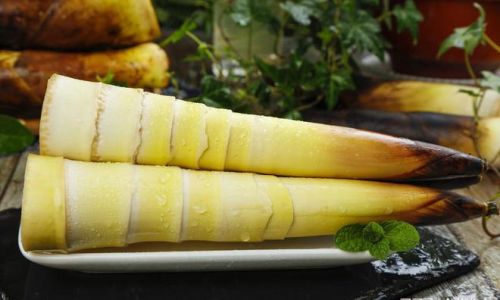
Understanding Fresh Bamboo Shoots
Before diving into preservation techniques, it’s crucial to understand the basics of fresh bamboo shoots. Harvested from young bamboo plants, these shoots are typically available during the spring and early summer when bamboo stalks are tender and edible. Fresh bamboo shoots contain a high moisture content and natural sugars, which make them susceptible to spoilage if not handled correctly.
When selecting fresh bamboo shoots, look for firm, plump stalks with tight, green outer leaves. Avoid shoots that are soft, slimy, or have discoloration, as these are signs of spoilage. Once harvested or purchased, immediate processing is essential to preserve their freshness.
Methods for Preserving Fresh Bamboo Shoots
-
Boiling and Freezing
One of the most effective methods for preserving fresh bamboo shoots is by boiling and then freezing them. This process involves several steps:
-
Preparation: Peel the outer layers of the bamboo shoot and slice or chop it into desired portions. Soak the prepared shoots in water to remove any bitterness. Change the water a few times over a period of a few hours to ensure thorough rinsing.
-
Boiling: Bring a large pot of water to a boil. Add a pinch of salt to the water (optional, for flavor). Blanch the bamboo shoots in boiling water for about 5-10 minutes, depending on their thickness. This step helps to kill bacteria, soften the fiber, and preserve color.
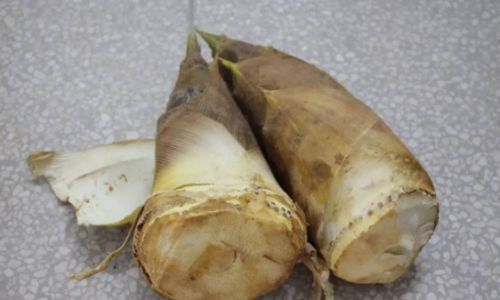
-
Cooling: Immediately plunge the boiled shoots into ice-cold water to stop the cooking process and maintain their bright green color.
-
Freezing: Drain the shoots well and pat them dry using paper towels. Arrange them in a single layer on a baking sheet and place the sheet in the freezer until the shoots are frozen solid. This prevents them from sticking together. Once frozen, transfer the shoots to airtight freezer bags or containers, label them with the date, and store them in the freezer for up to a year.
-
-
Pickling
Pickling is another traditional method of preserving bamboo shoots, especially in Asian cuisines. This process involves fermenting the shoots in a brine solution, which not only preserves them but also adds a tangy, pickled flavor.
-
Preparation: Peel and slice the bamboo shoots as described earlier. Soak them in water to remove bitterness.
-
Brine Solution: Prepare a brine solution using water, vinegar, and salt. The ratio can vary, but a common recipe is 1 cup of vinegar to 4 cups of water and 2-3 tablespoons of salt. Adjust the seasoning to taste.
-
Pickling: Pack the prepared bamboo shoots into clean, sterile jars. Pour the brine solution over the shoots, ensuring they are fully submerged. Secure the jars with lids and allow them to sit at room temperature for a few days to a week, depending on the desired level of fermentation.
-
Storage: Once the desired pickling flavor is achieved, transfer the jars to a cool, dark place or refrigerate them for long-term storage. Pickled bamboo shoots can be stored for several months to a year.
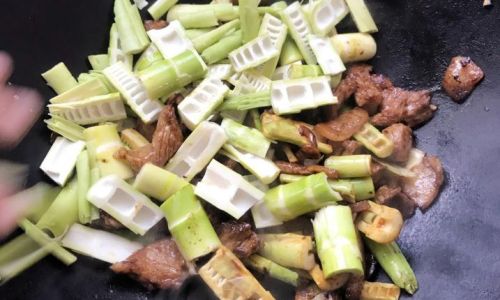
-
-
Canning
Canning is a popular preservation method that involves processing food in sealed containers to eliminate bacteria and prevent spoilage. For bamboo shoots, this involves a multi-step process:
-
Preparation and Blanching: Prepare the bamboo shoots as described in the boiling and freezing method, including peeling, soaking, and blanching.
-
Canning Jars: Sterilize the canning jars and their lids by boiling them in water for at least 10 minutes.
-
Packing: Pack the blanched bamboo shoots into the sterile jars, leaving headspace as recommended for canning (usually about 1 inch).
-
Processing: Fill the jars with boiling water, leaving the required headspace. Wipe the jar rims clean, apply the lids, and process the jars in a pressure canner at the appropriate pressure and time for your altitude (typically 10-15 psi for 30-40 minutes).
-
Storage: Once the jars have cooled, check for proper sealing by pressing the center of each lid. If it does not move, the jar is sealed. Store the canned bamboo shoots in a cool, dark place for up to a year.
-
-
Drying

Drying bamboo shoots is less common but can be effective in some regions. This method involves dehydrating the shoots to remove moisture, which inhibits bacterial growth.
-
Preparation: Peel and slice the bamboo shoots thinly. Soak and blanch them as described earlier.
-
Drying: Spread the blanched slices on drying racks or trays. Use a food dehydrator if available, setting it to a temperature of around 135°F (57°C). Alternatively, dry the slices in a sunlit area or an oven set to its lowest temperature with the door slightly ajar.
-
Storage: Once fully dried, the bamboo shoots should be brittle and lightweight. Store them in airtight containers in a cool, dark place. Dried bamboo shoots can be kept for several months to a year but may lose some flavor and texture over time.
-
Conclusion
Preserving fresh bamboo shoots requires careful handling and the right techniques to maintain their delicate flavor and texture. Boiling and freezing, pickling, canning, and drying are all viable methods, each offering unique benefits and suitable for different storage needs and culinary preferences. By choosing the right preservation method, you can enjoy the fresh taste of bamboo shoots throughout the year, adding a touch of spring to your dishes whenever you desire.
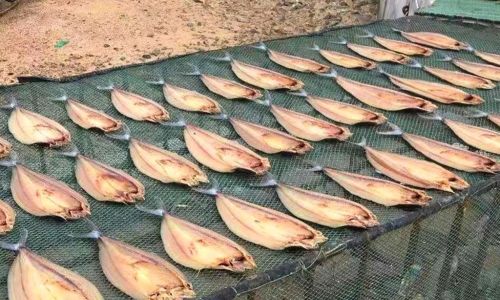
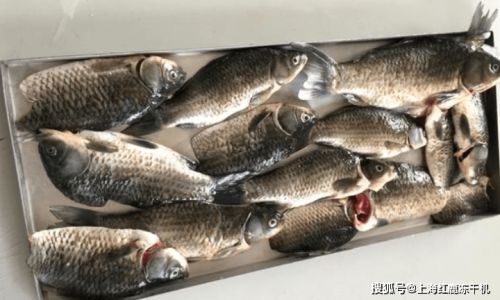

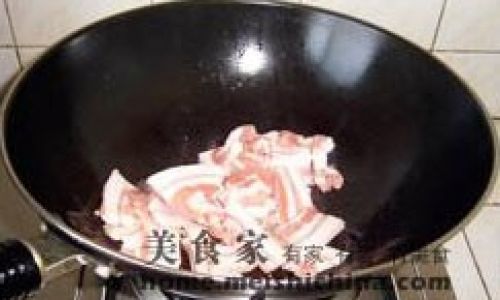

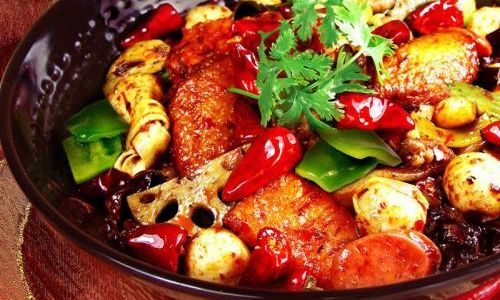
0 comments